About

Making process
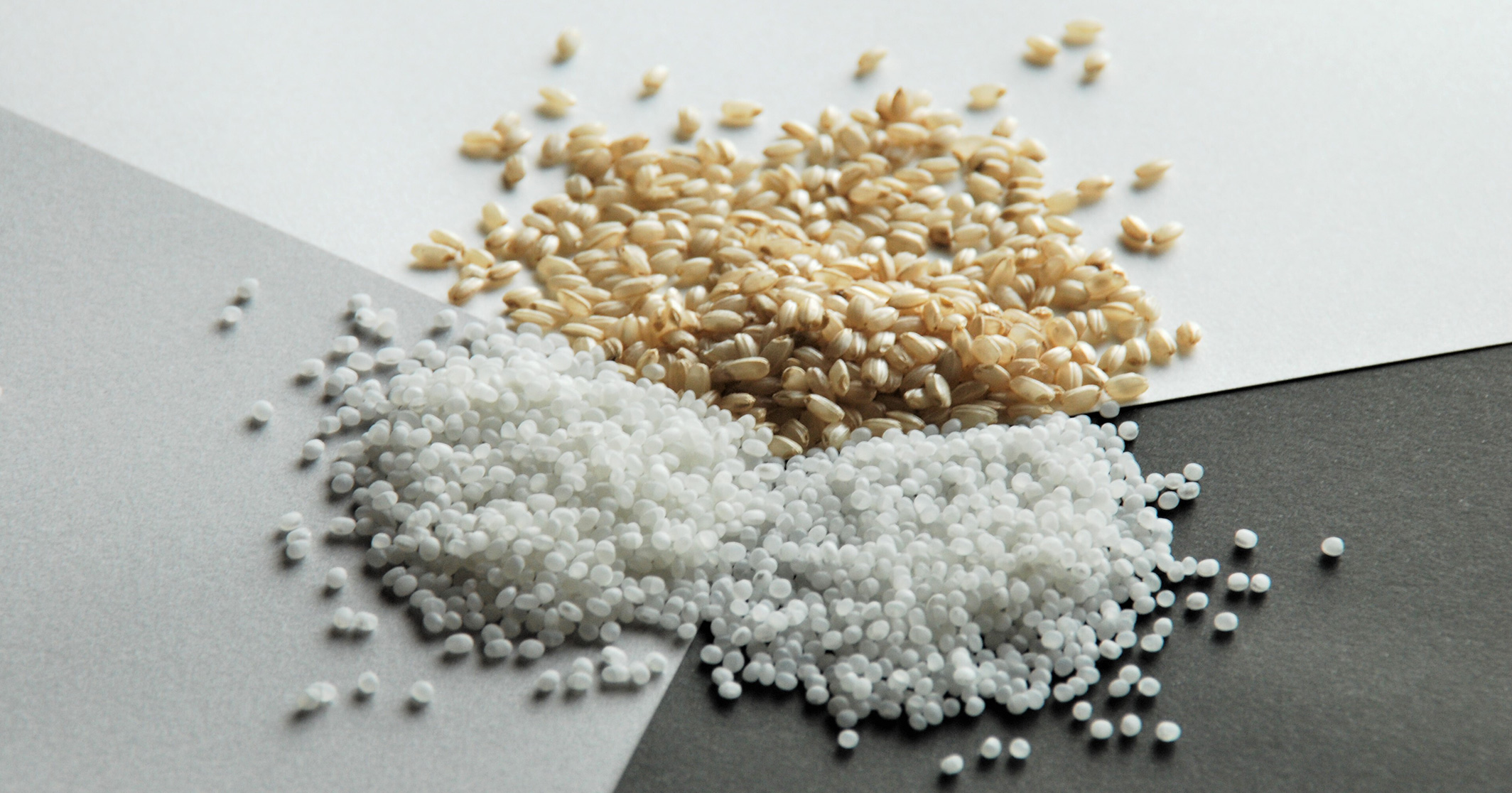
Making process
Rice washing and soaking
After the rice is polished and brought into the sakagura, it has lost a great deal of moisture due to the frictional heat of the polishing process, which takes up to 144 hours.
In order to restore the water content to its original value, the rice is stored for more than a month and then washed.
Here, the rice is all washed by hand using a technique normally only used for daiginjo to strictly control the water content of the rice to an accuracy of less than 0.3%.
It is a process that takes time and manpower. Even with a modern rice washer, the water absorption rate cannot be controlled as precisely so, here at Asahi Shuzo we choose to wash the rice by hand.
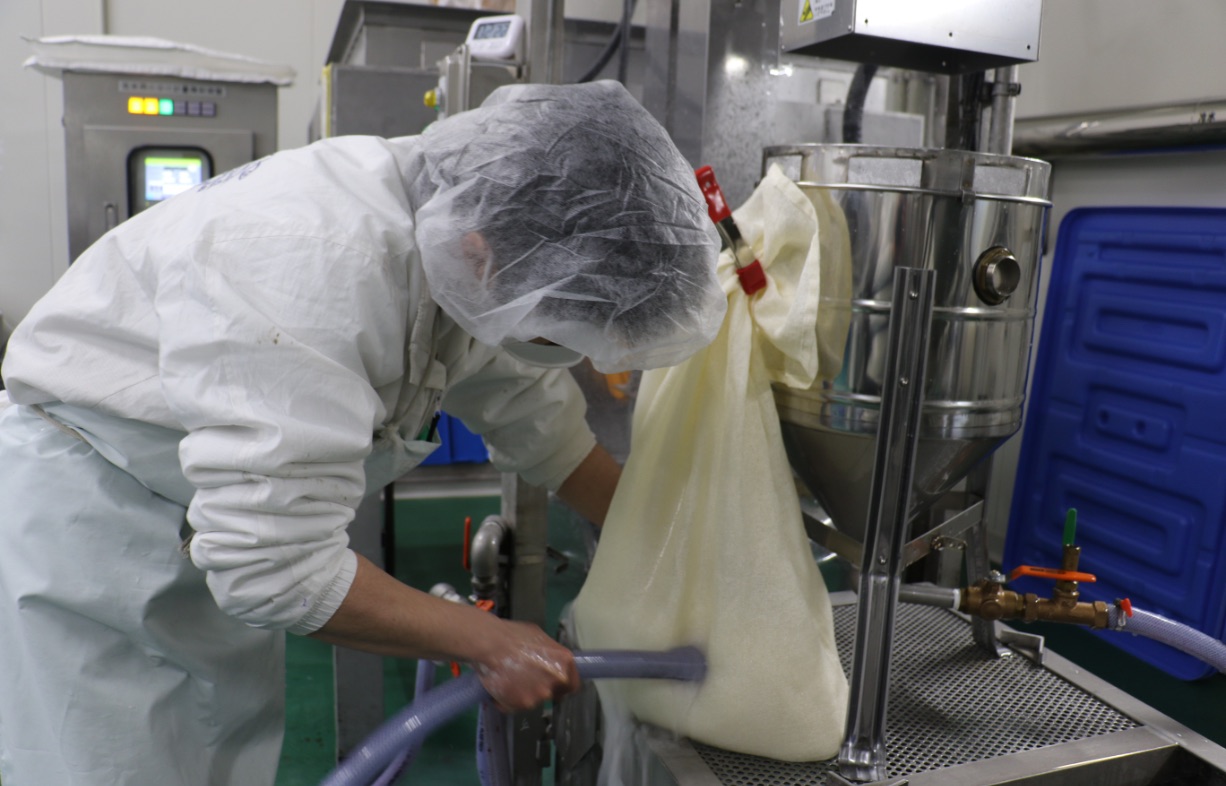
Rice steaming
A suitable rice for fermentation would need to keep its enzymatic power during the long fermentation period of 45 days. So it is necessary to make a steamed rice that is hard on the outside and soft on the inside.
In order to do so, the traditional use of wagama (Japanese rice steamer) is very important. There is no way to avoid the labor-intensive work of staking the rice into the pot, digging out the steamed rice from the pot…etc. But we choose this steaming method as it is still the best method to this day to get the best possible steamed rice.
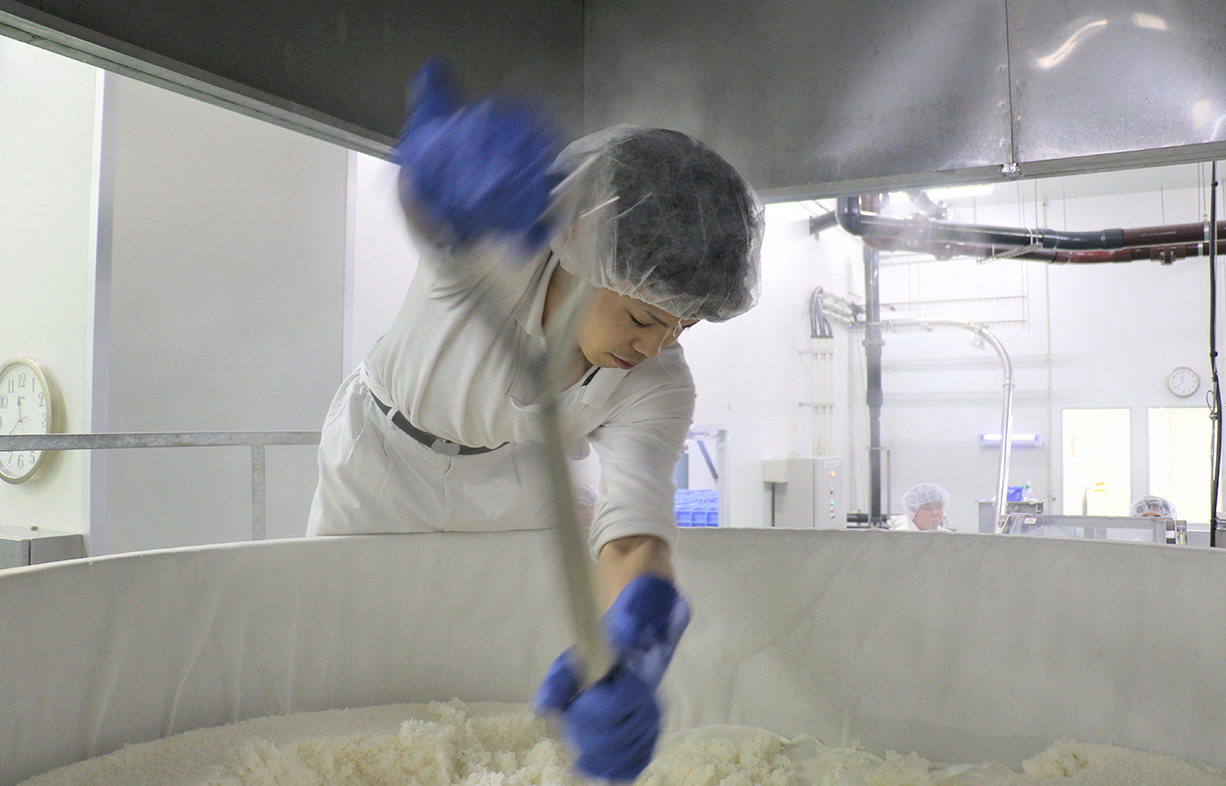
Koji mold making
The koji making is the most important task in sake crafting: by keeping the yeast suitably supplied with glucose, it allows to optimally control the sake fermentation speed.
An old saying relates its importance: "First: koji, second: moto (i.e. starting mash" (Ichi koji, ni moto = 「一麹二モト」). In order to make the best koji, an experienced, skillful person is essential. He has to understand the overall condition of the rice and manipulate the koji making process in consequence: at times delicately and sometimes roughly.
Machines do not yet outperform humans: They cannot grasp all the information that humans feel through experience, and their five senses. Therefore, the rice for Dassai’s koji is made by hand without using any machinery. Moreover, koji is a living organism: for its healthy development a precise care - day and night - is required during two and a half days. Be it very late at night or during early morning, necessary care must be taken. If the person in charge relaxes his effort during this time, you're done. At Asahi Shuzo, there are four people in charge of this duty – taking shifts. If you see an employee with red eyes when you come to visit us, it could be the person in charge of koji making has been up all night.
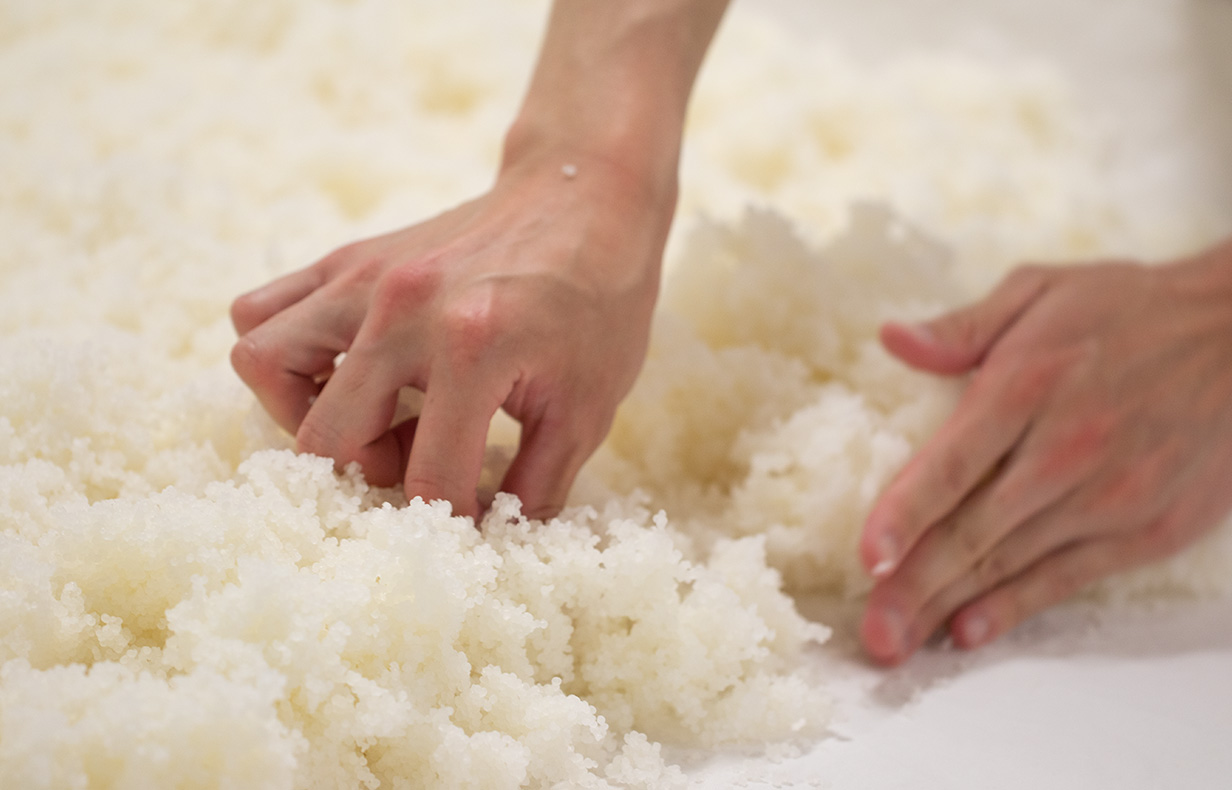
Fermenting
If rice washing and koji can be compared to a violin or a piano, then the person in charge of fermenting needs the skills of an orchestra conductor.
All of our moromi (i.e. fermenting mash) are fermented at low temperature for a long period of time, just as other producers would do for a special craft, for participating to a sake competition for example. We start the fermenting process at a low temperature of 5℃, which is just barely enough to keep the yeast alive. We don't believe in fermenting at higher temperatures during the fermentation period, just because it would be easier or safer to manage the fermenting process itself. The fact is, we believe it is necessary to control the fermenting temperature with an accuracy of 0.1℃
For this reason, to be able to control the temperature of the fermenting mash, one would think it would be easy to manage with a computer and a temperature controller connected to it, but the fact is that to this day only humans can have such precise control. We believe the fermenting process cannot be automated.
Here at Asahi Shuzo, we control the fermenting temperature by getting a balance between the natural heat of fermentation and refrigerating the mash by mixing it by hand with a paddle in a room set at 5℃ throughout the year.
It is costly and might seem primitive, but this precise temperature control is necessary to make a better sake.
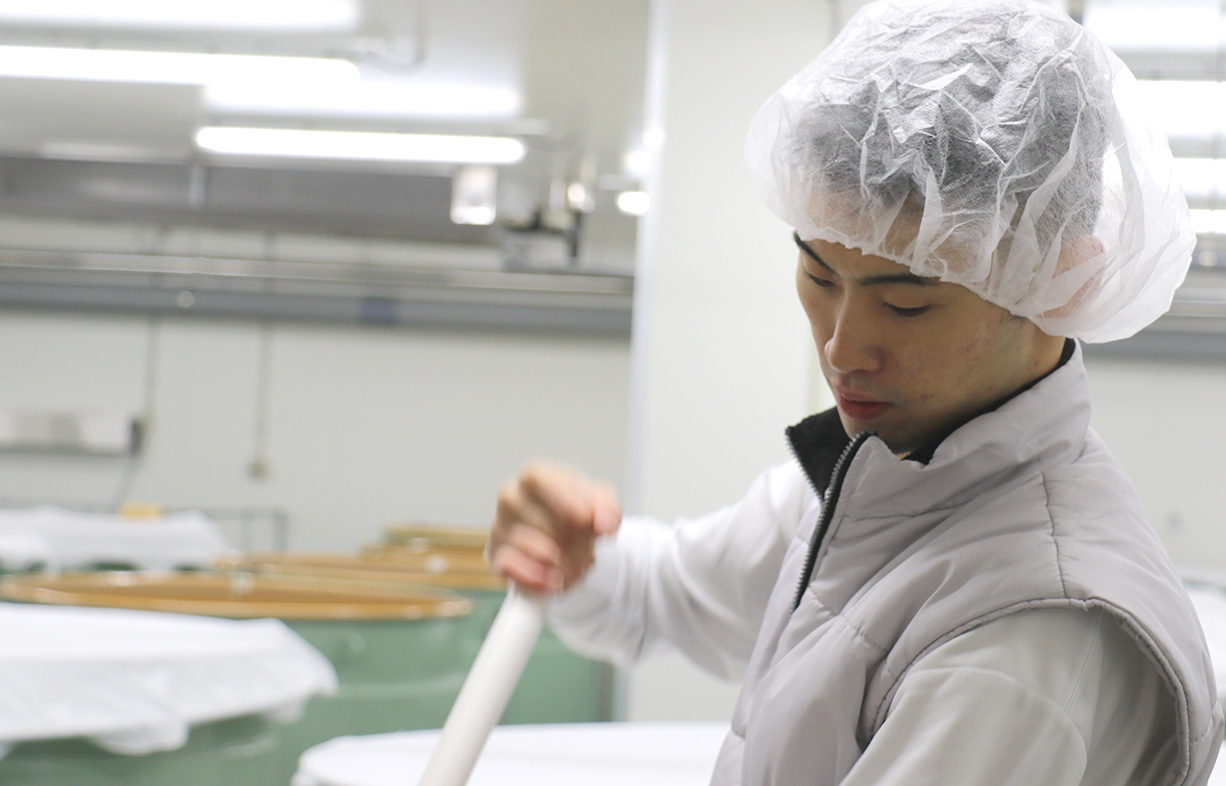
Pressing and filtering the mash
According to a renowned professor, the quality of the sake is determined by, firstly the rice washing, and secondly pressing and filtering the fermenting mash.
Since only the top-ranked toji (i.e. sake master) and technicians would gather around this professor, I believe he said that while assuming that excelling at important processes such as koji making and fermentation, was only natural.
Anyway, to a certain degree, pressing and filtering the fermenting mash is important in terms of final sake quality.
Asahi Shuzo is the first company in Japan to have installed a centrifuge machine to use for a commercial purpose. Since the sake is separated from the mash without having to apply pressure, the original beauty of the Junmai Daiginjo, such as its aroma and fullness, can be fully expressed without damaging it. Of course, there are many drawbacks, too. Pressing the sake like everybody would yield more, with less costs. The centrifuge machine itself is so expensive we could buy a house for the same price, and because we are the first producer to use this brand new machine to extract sake, then we have to face and solve problems that nobody ever faced before. But we introduced it anyway, if it helps our endeavor to craft a great sake.
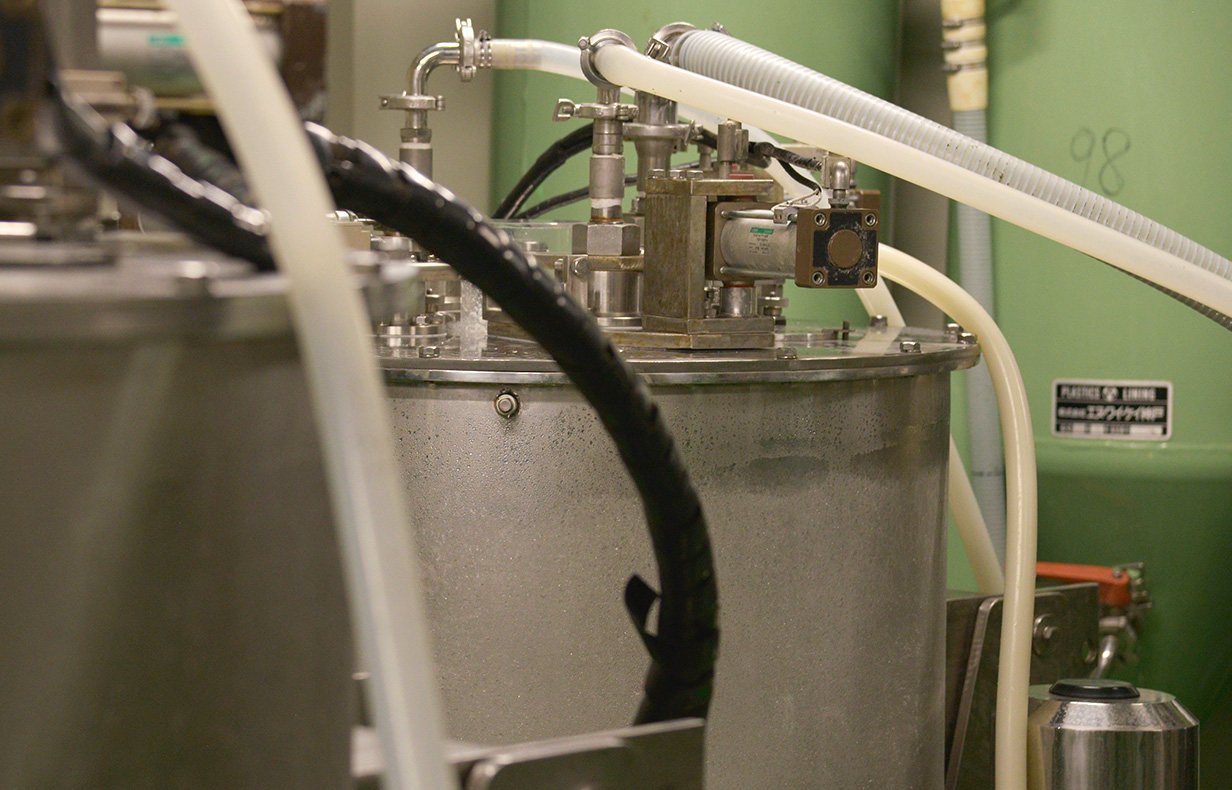
Bottling
Does bottling a sake actually contribute to its good taste? Yes, it is an extremely important process. This is where a carefully crafted sake often goes to waste.
Here at Asahi Shuzo, the sake is stored raw until it is naturally sweetened, i.e. the enzymes remaining in the pressed sake convert the dextrin into glucose and the sweetness of the drink becomes more pronounced. Then we bottle it without using carbon filtration. It is not like we think carbon filtration in itself is bad, but we think that if your sake has to go through carbon filtration then it’s probably not a great one.
Dassai is bottled cold, then the bottle is heated to 65℃ in a pasteurizer, capped and brought down to 20℃ in a cooler. Normally, if the sake is heated to 65 ℃ by the hot-pack method and then bottled as-is, there is no need for labor and the cost of would be of a fraction of our own. However, in this case, the aroma would be lost during the process of raising the temperature before bottling. So we do the contrary: we bottle our sake cold so that its aromas do not get lost during the pasteurization process. Also, there is a temperature range around 36 ℃ that deteriorates the sake quality, so we use a rapid cooling method to preserve its quality. In short, our sakagura is designed to bottle our sake in its original form, with the aim of preserving as best as possible its quality. Dassai sake, after being bottled, would be stored at low temperature to restore its quality before we ship it.
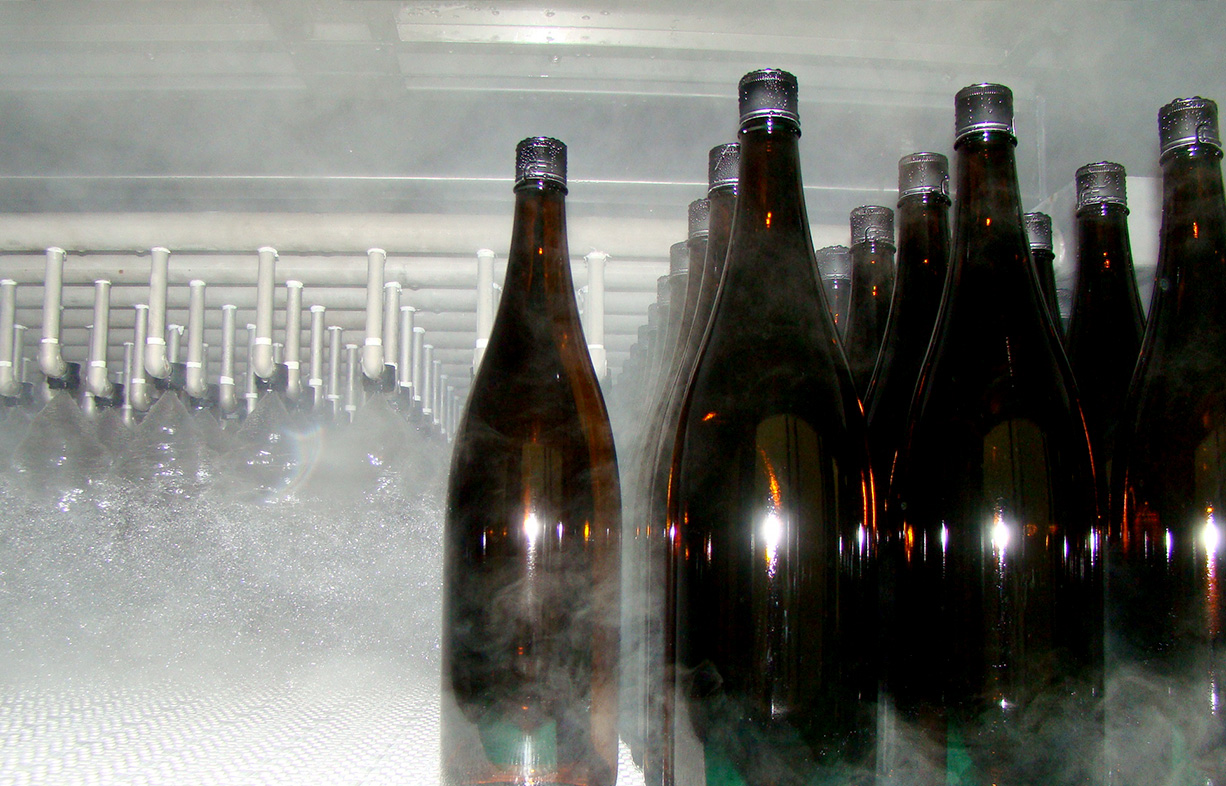
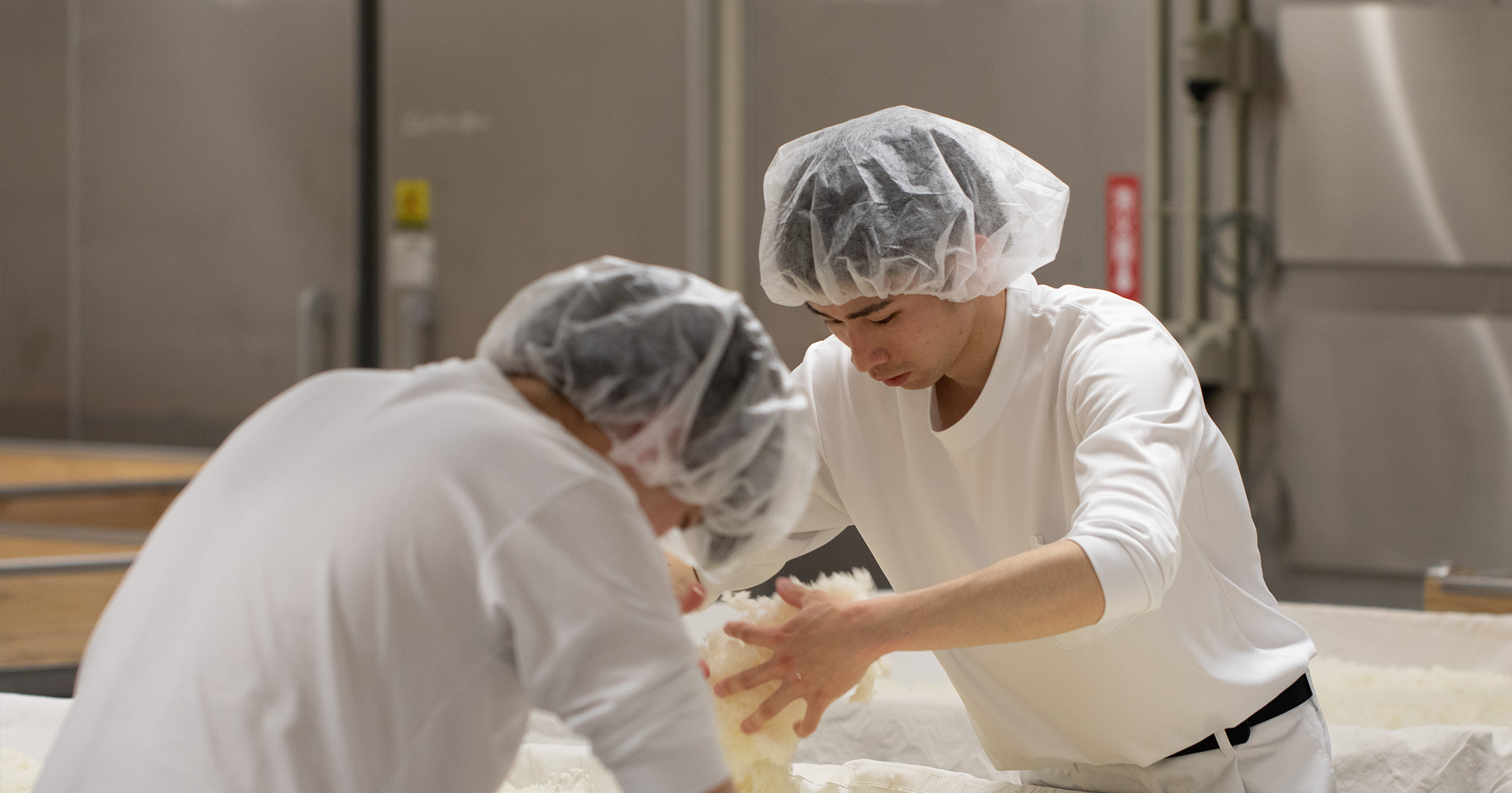
Sake crafting at Asahi Shuzo
The techniques we use to craft our sake might be replaced by machinery. But in order to achieve the precision and quality we demand, we would need machines that would cost astronomical prices. We would rather use techniques known as the best, without counting costs, to achieve our craft. However, it would not be possible to do this on a day-to-day basis without having experienced staff, who understand the importance of having the motivation to make a great sake. All of us have this common goal, which is what keep Dassai at its best.
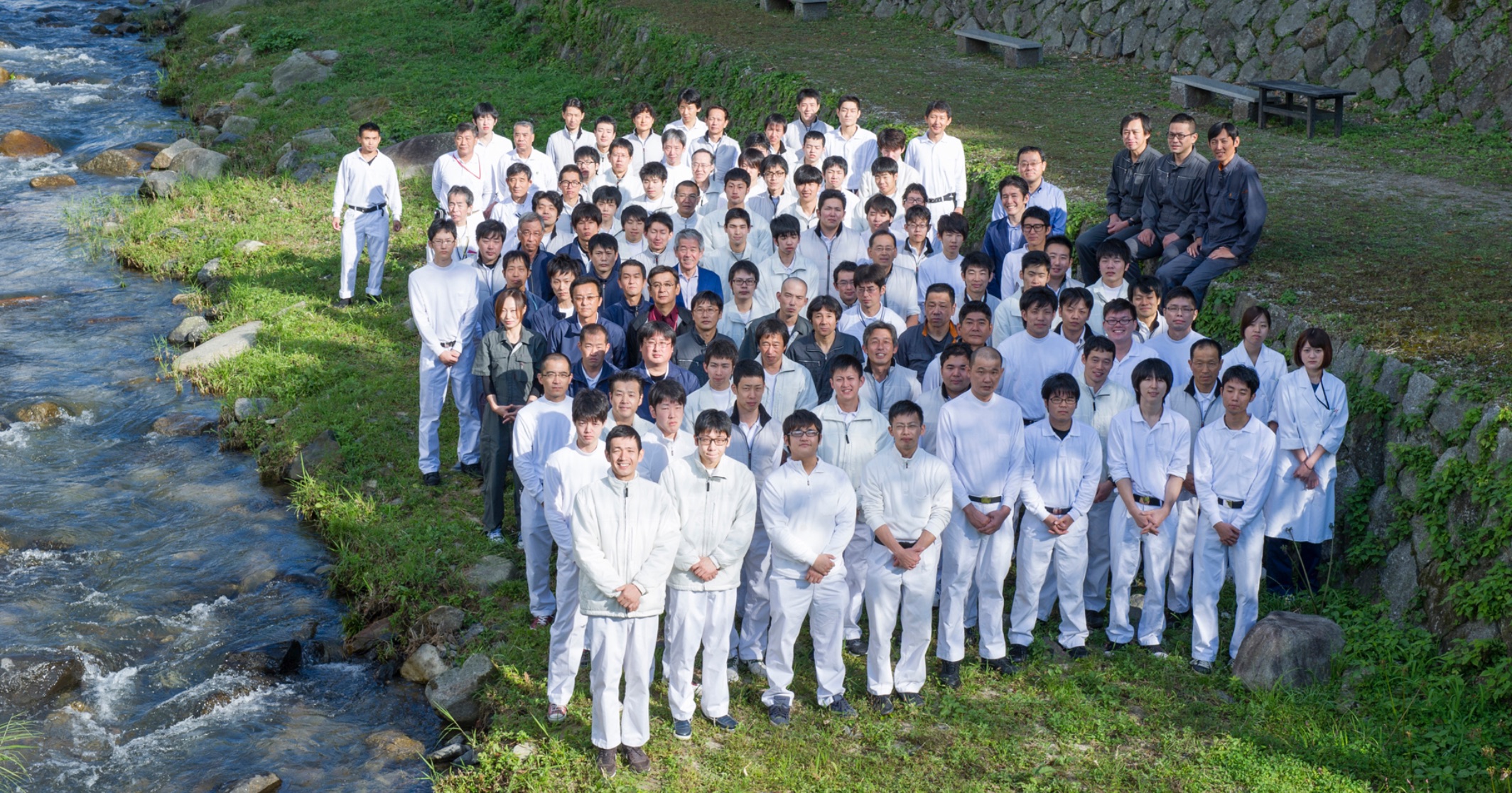
Sake crafting staff
At Asahi Shuzo, we do not have what other producers call a “toji” or “kurabito”, we have staff that we employ all year round. The staff average age is very young, so there are concerns about their lack of experience, but most of the craft is Junmai Daiginjo.
However, even though our staff is young, but they craft enough Junmai Daiginjo in one year for them to get the equivalent of ten years’ experience. So there can be no lack of experience. Our staff may not be good at making ordinary sake, but when it comes to Junmai Daiginjo, they are second to none, even compared with a veteran master.
